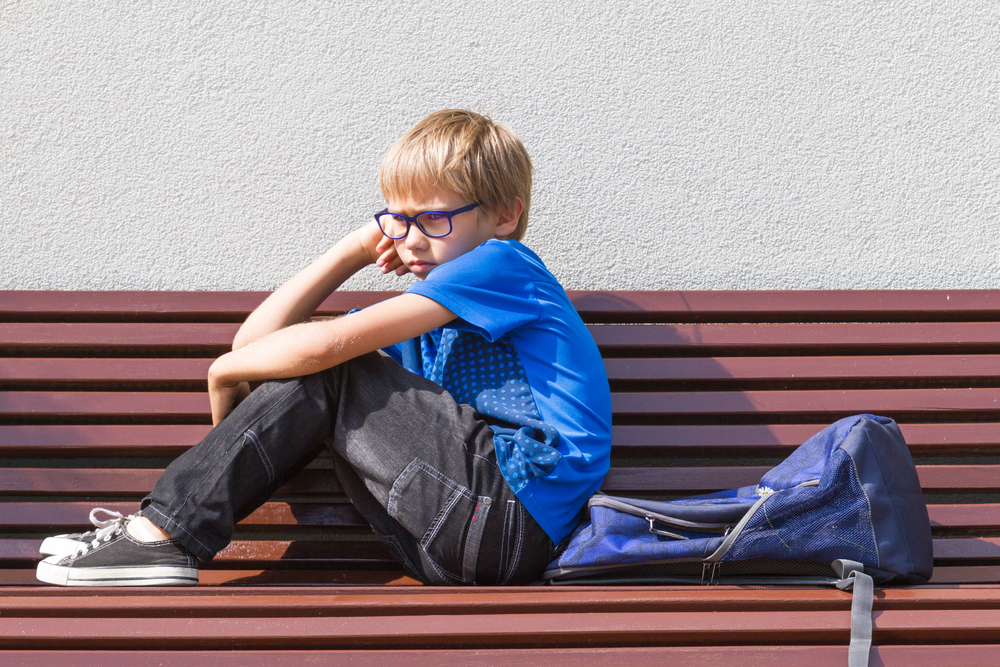
“There are missing children for months. In some areas, it’s dozens; in others, it’s hundreds.” These are the words of Kevin Branzetti, Co-Founder of the National Child Protection Task Force, and they hit at the very heart of every parent and citizen’s worst nightmare. But when a missing child returns alive against the odds, as in the case of 13-year-old Dakota Trenkle, Jr., it is not only a tale of fear, but also of hope, grit, and the phenomenal strength of community and science combined.
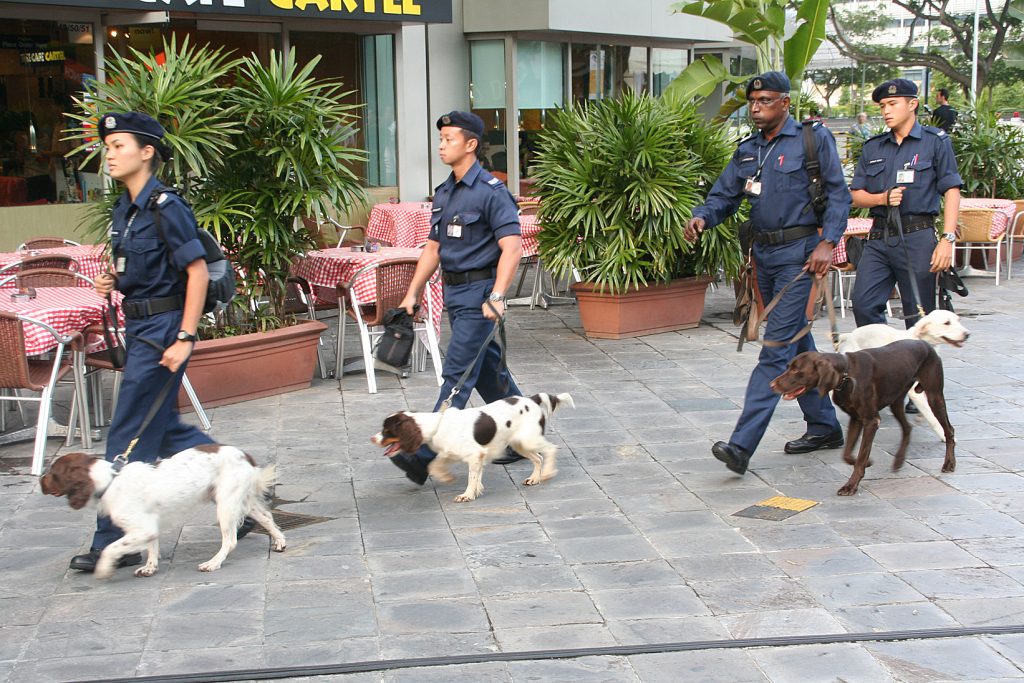
1. The Unsung Heroes: K-9 Units and Their Superhuman Noses
When Dakota went missing from his Missouri neighborhood, it was K-9 Darrell who took up the charge literally. K-9 teams are not badge-carrying dogs; they’re smart, emotionally sophisticated teammates who can sniff out a human odor from a half-mile or more away, even through dense forest or deep ravines. What they do is part art and part science, employing techniques such as grid, area, and air-scent searching to search every inch of difficult terrain. “Dogs need to be capable of thinking for themselves,” states SAR specialist Susan Bulanda.
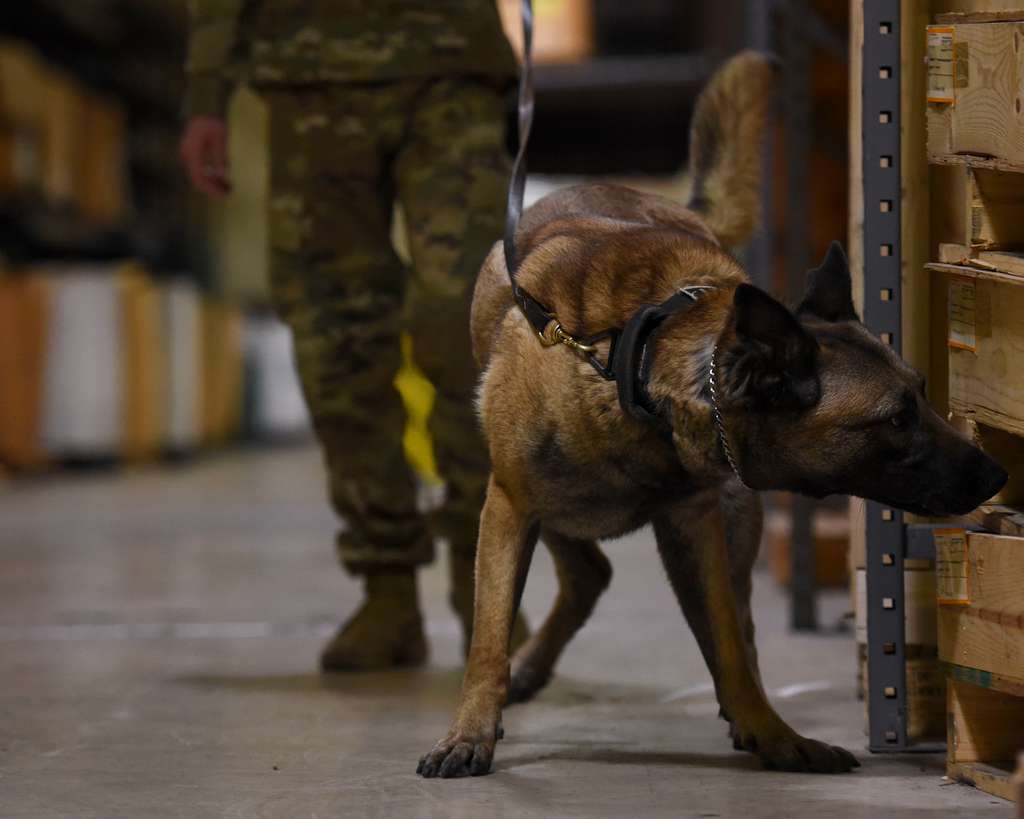
When the handler makes a mistake, the dog has to inform the handler that’s called ‘intelligent disobedience.'” And that’s just what occurred in Dakota’s situation: after searching for days, K-9 Darrell led him over rough terrain to a 240-foot-deep ravine where he’d lived for four days with a badly injured leg and no food or water.
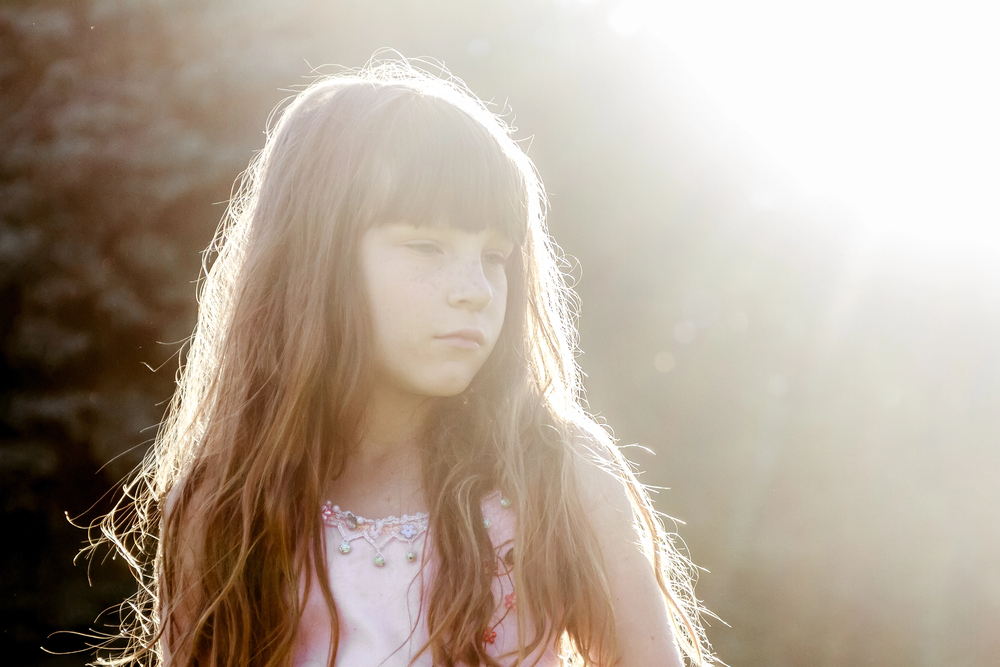
2. Survival Against the Odds: What the Body Endures
Enduring four days on nothing but water and air isn’t only uncommon it’s a bodily marathon. The body can usually go three days without water, but weather, condition, and age can extend or shorten that time. Dehydration happens quickly, leading to lethargy, confusion, and organ failure if not treated. “Every cell in the body needs water to function, and water is the foundation of all body fluids,” Healthline points out. Kids are particularly susceptible, but tales like Dakota’s and that of a diver who remained alive 75 hours at sea indicate that the human body can sometimes overcome even the most daunting odds, particularly when hope and timely rescue enter into the picture.
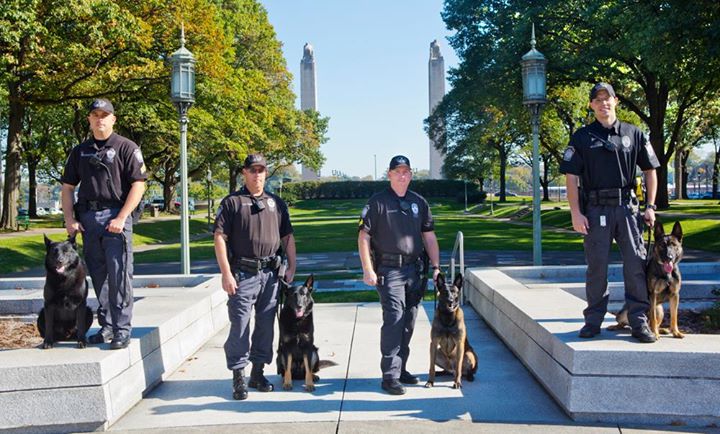
3. The Power of Teamwork: Multi-Agency Search Operations
When a child disappears, it’s never one single agency on the job. In Dakota’s rescue, the local police, sheriff deputies, K-9 units, and even correctional officers collaborated, each with their own strengths and equipment. Silo-busting, real-time collaboration, that’s what it takes to make skepticism fade to success, says Branzetti: “We don’t take over–that’s never been the point.”. We team up with law enforcement, empowering the agencies already out there on the ground.” This model resulted in solving more than 90% of cases at a single event in Buffalo, NY, and it’s revolutionizing the way missing person searches are conducted across the country.

4. Tech to the Rescue: Drones, Apps, and Real-Time Mapping
The search teams today have more than dogs and boots on the ground they have state-of-the-art tech. In a case in Alabama, hundreds of volunteers and agencies employed a live GIS mapping application to track search parties in real-time, upload geotagged photos, and chart the probable route of a missing child. “Search and rescue should have access to that nationwide,” says GIS coordinator Ken Busby. Thermal imaging drones are able to cover large expanses in a short period of time, even detecting heat from individuals or animals beneath brush or wreckage. This combination of innovation and coordinated effort is allowing missing children to be located more quickly and safely than in the past.

5. The Emotional Burden: Coping with Anxiety and Trauma
Child disappearance is a trauma that radiates through families and communities. Research indicates that parents and close family members tend to suffer from PTSD, depression, and complicated grief at a rate of up to 67%. Nevertheless, hope exists: maintaining the hope of a positive result, remaining attuned to support networks, and seeking help when it’s necessary can make a big difference. As one study discovered, “Relatives of missing persons with comorbid symptoms may benefit most from interventions targeting different types of symptoms, such as brief eclectic psychotherapy and cognitive behavioral therapy.” Formal and informal community support can be a lifeline amid the uncertainty.

6. Community Strength: How Support Networks Make a Difference
Neighbors, friends, and even strangers tend to unite when a child is missing. Social media is filled with prayers, tips, and encouragement. “Awesome!! God bless that little boy’s recovery. Good hound!” someone posted after Dakota was discovered. Such demonstrative expressions of support aren’t just morale-boosters saying out loud that a family isn’t alone can make an otherwise unbearable process slightly less so. They also can assist search efforts by disseminating information rapidly.
Internet communities and community-based organizations provide resources, tips, and an ear to listen, allowing the unendurable to be slightly more tolerable.

7. Lessons in Resilience: What Every Parent Should Know
No one likes to contemplate a child disappearing, but preparation can be the key. Educate children in basic survival techniques remaining still if lost, signaling for rescue, and saving energy and water. Familiarize yourself with local emergency numbers and think about joining or funding neighborhood watch schemes. Above all, recall that resilience is not only based on strength but also on connection to family, neighbors, and hope.
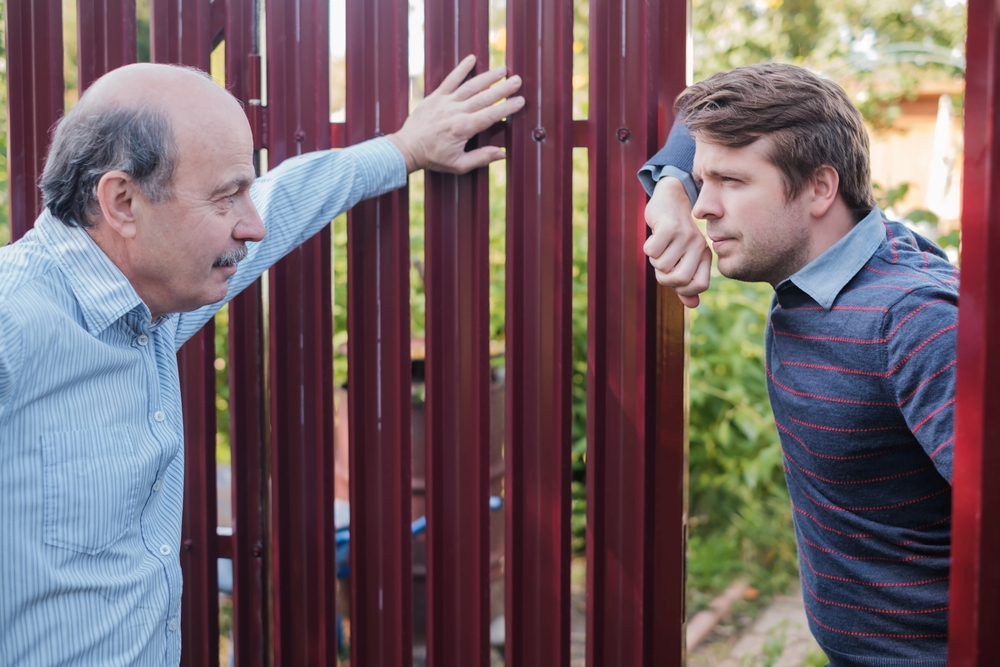
Dakota’s tale is one of the strength of determination, the genius of working animals, and of bonds that cannot be broken between people. To every parent who’s ever worried, and to every neighbor who’s ever been part of a search, let this serve as a reminder: even in the darkest of times, hope, collaboration, and kindness can guide the way home.


